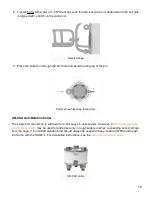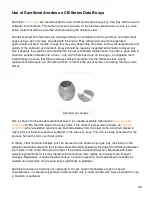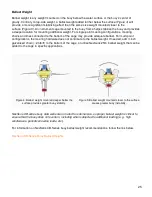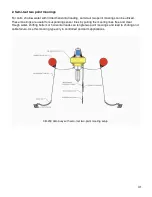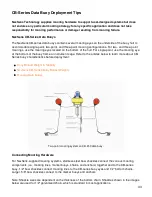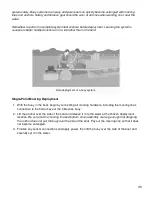
Mooring Data Buoys
This article contains only general information on the available mooring options for NexSens data buoys.
Developing an effective mooring strategy requires reviewing various application-specific criteria (water
level fluctuations, currents and wave action, debris loads, etc.) before deployment. This document is
intended to provide a starting place for mooring design and is by no means comprehensive. Good
mooring design is often developed through years of experience with various deployment scenarios. For
first-time mooring designers, it is best to include an experienced marine engineer.
NexSens Technology supplies mooring hardware to support user-designed systems but does
not endorse any particular mooring strategy for any specific application and does not take
responsibility for mooring performance or damage resulting from mooring failure.
Buoy Ballast
Buoy ballast is best handled by adding weight to the bottom of the buoy and not relying on the mooring
weight to act as ballast. Additionally, the weight associated with biofouling growth can impact the buoy
buoyancy and mooring performance. Minimum recommended ballast weights for NexSens Technology
data buoys can be reviewed at the link below.
NexSens Technology Buoy Ballast Weights
More information on buoy ballast can also be found at the link below.
CB-Series Data Buoy Ballast Weight & Stability
Mooring Eye Lifting
All NexSens CB-Series buoy models have three topside mooring eyes located around the solar tower.
These are sufficiently strong that a buoy can be lifted from a single top-facing eye nut via crane or winch
for removal or deployment when required. Care should always be taken to avoid damaging any solar
panels, topside sensor mounts and sensors connected to the instrument cage when lifting and moving a
buoy.
Data Buoy Mooring Types
There are three commonly used mooring types for data buoy applications:
1. Catenary moorings
2. Semi-taut two point moorings
3. Inverse-catenary (S-shape) moorings
27
Содержание CB-450
Страница 42: ...42 ...







